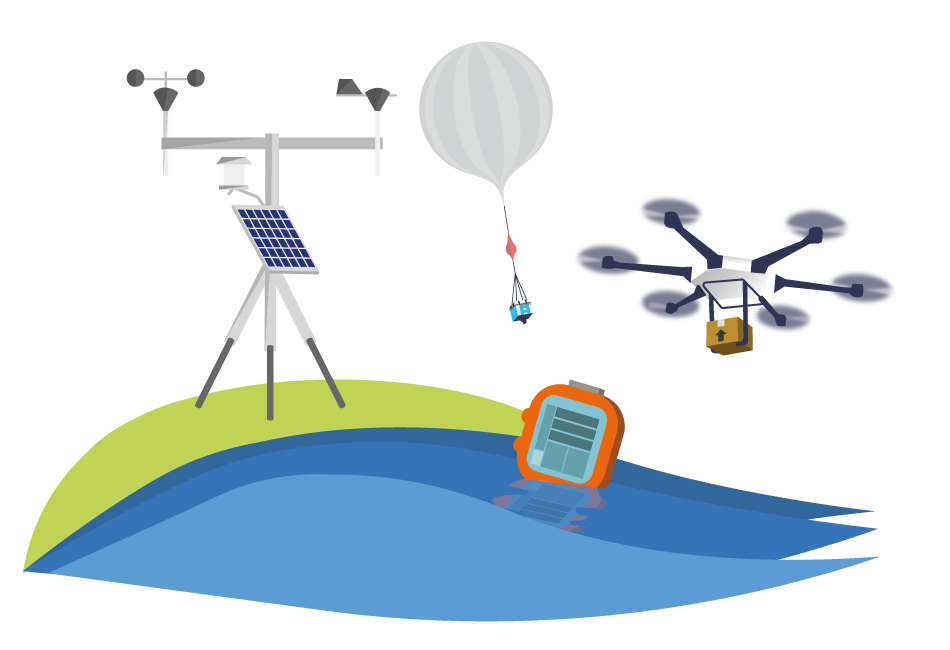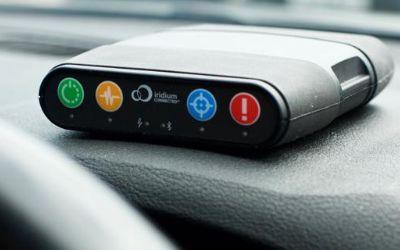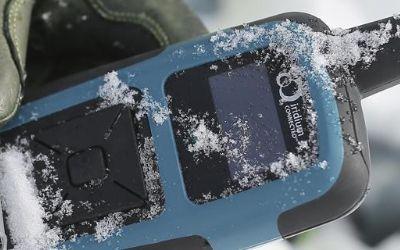Twinkling stars may be a gift for song writers and romantics, but they’re a bane for cosmologists who need a clear view of the sky to gather important data. Compensating for the many distorting kilometers of the Earth’s atmosphere is usually done by adaptive optics or by placing a telescope in orbit. But both solutions are notoriously expensive and difficult.
An international team of collaborators made up of the University of Toronto Physics and Astronomy Departments, the Dunlap Institute, and the Institute for Aerospace Studies, the Durham University Centre for Advanced Instrumentation, Princeton University, and the Jet Propulsion Laboratory, went for a tried-and-tested solution dating back to the late 1700s – and thus the Balloon-borne Imaging Telescope (aka. SuperBIT) was born.
Floating a 0.5m telescope above 30km (and 99%) of the Earth’s atmosphere required some heavy revising of 300-year-old ballooning technology. An array of precision gyroscopes, motors, and actuators, as well as a custom-built star tracker, were used to achieve advanced image stabilization. The result is crisp one- to five-minute exposures in the near-infrared, red, green, blue, and ultraviolet bands, as well as in broadband.
The SuperBIT can collect several gigabytes of data per night, and relaying it back to Earth is not just complex but expensive. One idea put on the table was to periodically offload the data via radio or microwave from an under-flying plane. The balloon’s remote position over the ocean though would make this logistically difficult.
Paul Clark, head of engineering at Durham CfAI, said: “Our slightly crazy idea is to carry out data drops whenever the balloon passes over land. Imagine a TB flash drive being dropped from the telescope gondola and coming down to the ground on a parachute. The challenge then is to track the data payload as it descends and find it once on the ground. That’s where the Iridium 9603N comes in.”
The SuperBIT beacon that tracks the payload uses a GPS receiver and an altitude/pressure sensor integrated with the Iridium 9603N modem. The beacon design has proved reliable, even at high altitudes where the temperature falls below -50C and the air pressure is very low. Battery chemistry has also been carefully chosen to withstand the extreme conditions. The beacon is robust enough to have been recovered from a tree and a lake.
The team is now getting ready for a third engineering flight from Palestine, Texas, while the main ultra-long-duration balloon flight (ULDB) is scheduled for 2020 in New Zealand. It’s this final mission that will demonstrate the SuperBIT’s capability as a facility-class instrument.
When fully operational, the SuperBIT will study strong and weak gravitational lensing and map out the distribution of dark matter around hundreds of galaxy clusters.
Photos (c) Department of Physics, University of Toronto.
Get in touch
We'd be happy to talk to you about your project and offer impartial advice on the best antenna and satellite service for your particular requirements. Call or email us, or complete the form.




